
TCM host Robert Osborne speaks Wednesday at the TCM Classic Film Festival in Hollywood. Photo by John Nowak
“She’s so beautiful, you can’t believe she’s in her ’80s, and she’s so nice,” said TCM’s Robert Osborne about actress Ann Blyth, who co-starred with Joan Crawford in the classic domestic film noir “Mildred Pierce.”
Blyth will discuss the role when the movie screens at the TCM Film Festival, which starts Thursday at the Roosevelt Hotel in Hollywood. Osborne told journalists at a roundtable on Wednesday that he was surprised that Blyth wasn’t typecast. “She was so effective as the mean daughter [Veda] that you hated. Why didn’t that affect her career? She played sweet ingénues after that.”
Other festival highlights for Osborne include interviews with other guests and screenings of “Funny Girl,” “Razor’s Edge,” “Cluny Brown,” and “Desert Song.”
The schedule features a strong film-noir component. “The mood is so rich, it’s a prominent part of the festival,” said TCM’s head programmer Charlie Tabesh. “We noticed that it was immensely popular last year. The theme was style and it fit in very well so we wanted to keep it up this year. People like to see these films on the big screen.”
TCM host Ben Mankiewicz also touched on the popularity of noir and guest programming by the Film Noir Foundation’s Eddie Muller. Mankiewicz said he wants to suggest a night dedicated to neo-noir director John Dahl (“Kill Me Again,” “Last Seduction” and “Red Rock West.”)
“Dahl clearly had a keen appreciation of ’40s and ’50s noir,” Mankiewicz said.
We at FNB would love to see a Dahl night. Until then, we can get our fill of these fantastic screenings. And there’s a plethora of photos and memorabilia on display at the Roosevelt. For example, today, before opening night, there’s a special presentation of a suit Humphrey Bogart wore in “The Big Sleep.”
So now it’s back to the Roosevelt! We will be updating on twitter for the rest of the fest.
All photos TM & (C) Turner Entertainment Networks, Inc.









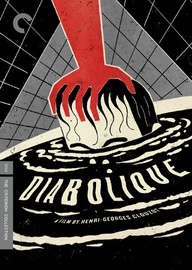
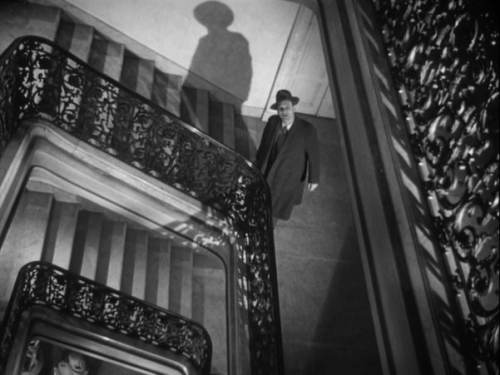
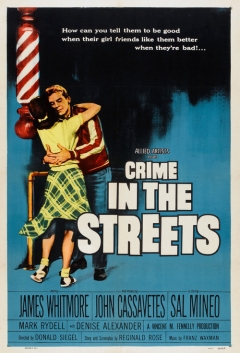

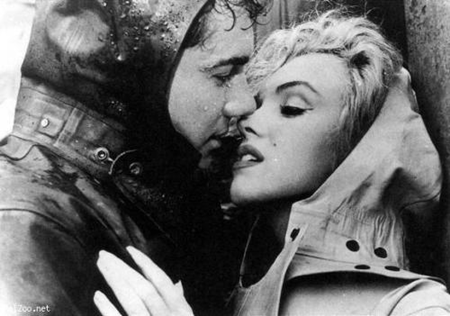

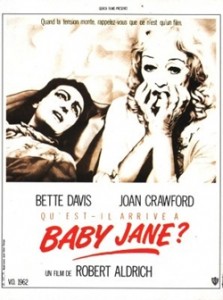
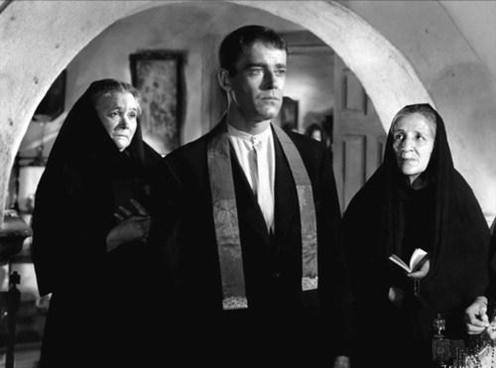


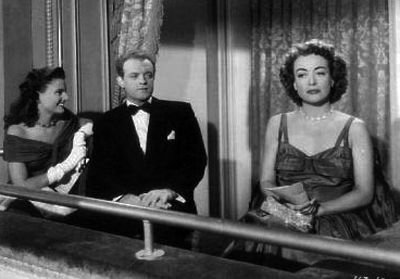






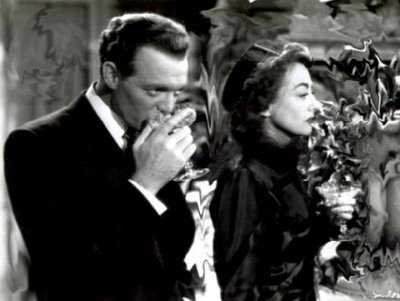



![gwyneth_paltrow_2012_oscars[1]](http://www.filmnoirblonde.com/wp-content/uploads/2012/02/gwyneth_paltrow_2012_oscars1.jpg)






From FNB readers